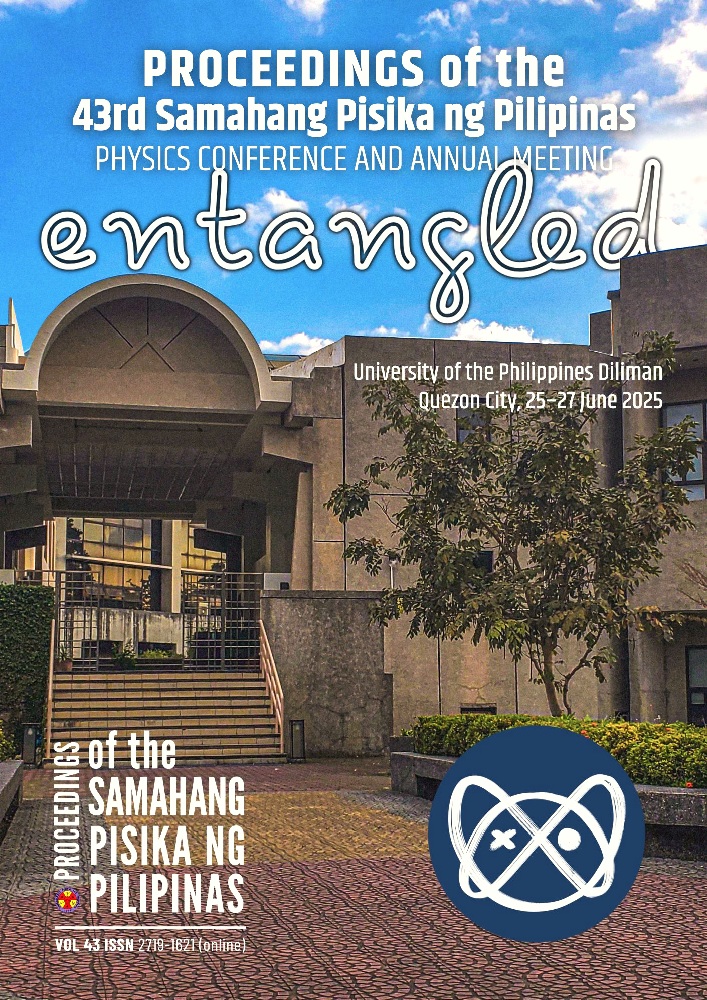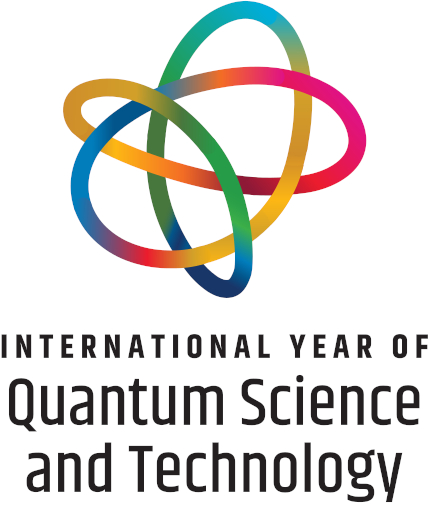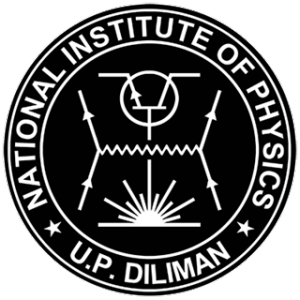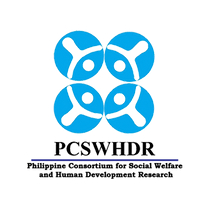Role of time-frequency correlations in two-photon-two-atom resonance energy transfer
Abstract
Since 2004, there exists a long standing discussion on the role that frequency anti-correlation and entanglement, as well as time-ordered excitation pathways, plays in the energy transfer from a two-photon donor to an acceptor comprising two non-interacting two-level particles. In this talk, I will present a general model for describing the joint excitation of two non-interacting two-level particles with photon pairs produced by Spontaneous Parametric Down Conversion (SPDC). We will see that while strong frequency anti-correlation between photons guarantees a large two-photon excitation (TPE) probability, photons bearing a sine cardinal spectral shape (the joint photon spectrum that is naturally produced during the SPDC process) exhibit a ~3.8 times larger TPE signal than photons with a Gaussian spectrum. More importantly, and in stark contrast to previous authors, we will see that suppression of time-ordered excitation pathways does not substantially modify the TPE probability for two-photon states with a Gaussian spectral shape; whereas photons with a sine cardinal spectrum exhibit the strongest TPE signal of all when two-photon excitation pathways are not suppressed. Our results not only help elucidating the role of time-frequency correlations in resonance energy transfer with SPDC photons, but also provide valuable information regarding the optimal source to be used in its experimental verification.
Downloads
Issue
Entangled!
25-28 June 2025, National Institute of Physics, University of the Philippines Diliman
Please visit the SPP2025 activity webpage for more information on this year's Physics Congress.
SPP2025 Conference Organizers
SPP2025 Editorial Board
SPP2025 Partners and Sponsors











